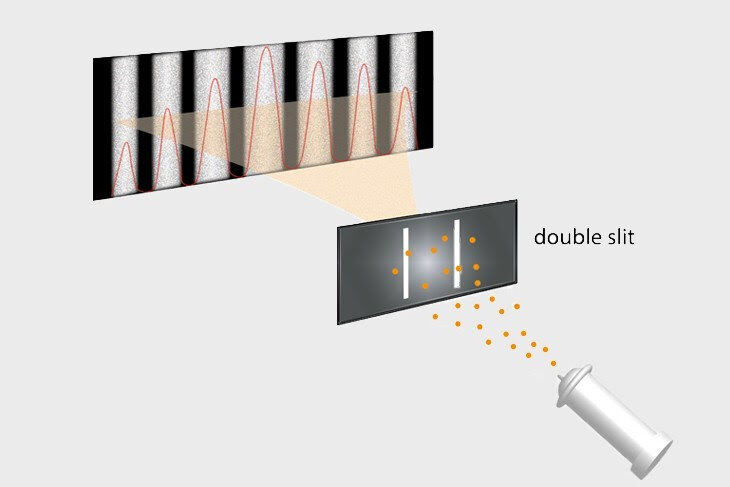The Intriguing Observer Effect in Quantum Physics
Written on
Chapter 1: Understanding Quantum Measurement
How does measurement influence the behavior of particles in quantum mechanics? The double-slit experiment serves as a remarkable illustration of how particles can act both as discrete entities and as classical waves, bringing to light various paradoxes in quantum mechanics. Notably, this experiment reveals that particles such as photons and electrons behave differently when they are observed, suggesting that the act of observation itself impacts their state. But how does this phenomenon manifest?

The double-slit experiment epitomizes the observer effect. Every time an observer measures the state of a particle, there is an interaction that alters its original condition. This phenomenon, known as the observer effect, is not limited to the double-slit experiment; it appears in various scenarios.
Section 1.1: Measurement in Classical Physics
In classical physics, both the instruments used and the observations made can affect the original state of what is being measured. A common illustration of this interference is a thermometer; simply placing the thermometer in a substance can change its temperature slightly.
Consider another classic scenario: a person who is visually impaired and learns to gauge distances by tossing a tennis ball. When aiming at a nearby stool, the ball returns quickly, indicating proximity. However, if thrown at a house across the street, the ball takes longer to return, revealing greater distance. The issue arises when the ball, particularly a heavy one, moves the stool upon impact. While one can determine the stool’s previous position, its current state becomes unclear. Furthermore, although calculating the stool's speed post-impact is possible, knowing its speed prior to the throw remains elusive.

Section 1.2: Quantum Measurement Dynamics
Transitioning to quantum physics, we encounter a significant challenge: light, which we often use to observe various phenomena, can drastically alter the system being examined. A photon, in this context, mirrors the tennis ball from our previous example, capable of inducing substantial changes at the quantum level.
For instance, when observing an electron, photons must be sent to interact with it. However, this interaction inevitably modifies the particle's state or velocity. In the double-slit experiment, electrons exist in a superposition state, passing through both slits simultaneously until measurement occurs. This act of measurement collapses the superposition, forcing the electron to choose one slit. Even alternative, less direct methods of measurement still impact the particles in some way.
Thus, any attempt to measure an entity alters that very entity. While casual observation might not induce change, the inherent nature of observation is what triggers the observer effect.
The WEIRD Thing Quantum Particles Do When NO ONE is Looking! - YouTube
This video delves into the peculiar behaviors of quantum particles when they are not being observed, shedding light on the mysteries of the quantum world.
Why don't quantum effects occur in large objects? Double slit experiment with tennis balls - YouTube
This video explains why quantum effects are not observed in larger objects, using the double-slit experiment with tennis balls as an illustrative example.
Clap if you want to see more articles about space in your feed!
Subscribe to our channel and share your questions, which I will address in future articles.